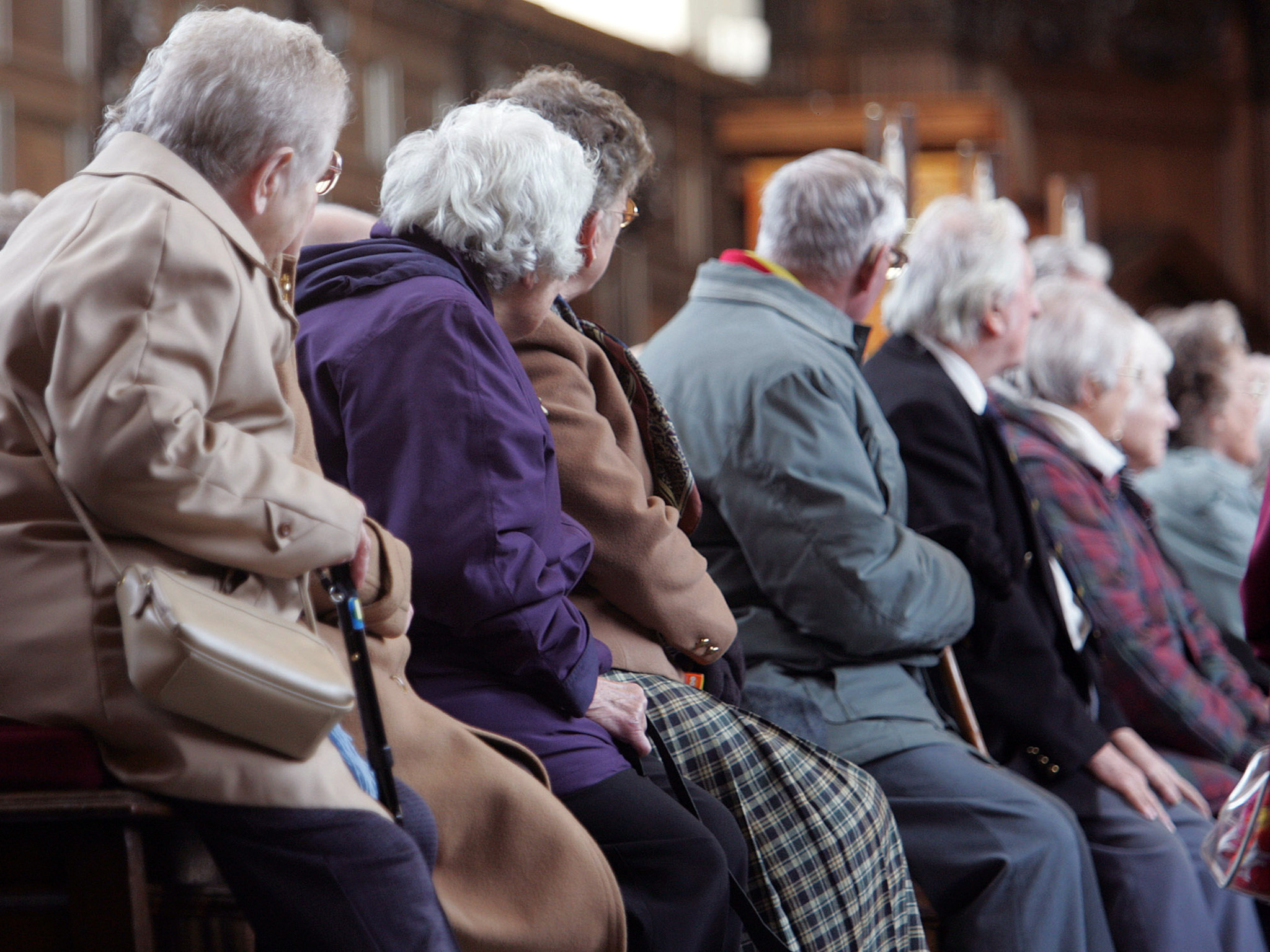Younger generations have been experiencing more unstable labor market conditions and widening inequalities, the Organization for Economic Cooperation and Development said on Wednesday.
This contributes to widening inequality in old age, while socio-economic disparities in health status remain large, Anadolu Agency quoted OECD as saying.
“Ageing unequally is detrimental to future economic growth, particularly where inequality of opportunity locks in privilege or exclusion, undermining intergenerational social mobility and jeopardizing social cohesion,” the report said.
Defining ageing as an unequal phenomenon that develops throughout the life course and materializes in old age, it said: “It is often the result of specific episodes during people’s lives that tend to cumulate their detrimental effects on health and income at old age.”
The OECD stated that while the current generation of older people in most countries have higher income and lower poverty risks, the younger generations are likely to face again higher inequality in old age.
“Old-age inequality issues are more acute in emerging economies and a number of them are facing rapid ageing at a relatively early stage of development, have wider health inequalities than OECD countries and a less effective social protection,” it said.
It noted that income inequality surged from one generation to the next at the same age in two-thirds of the countries. The report stated that disadvantages in health, education, employment and earnings are the main dimensions of inequality over the life course.
Long-Term Care
“Low-educated people are more likely to retire when they reach the retirement age, whereas individuals with higher education tend to work longer,” it added.
Pointing to poor health as a significant element forcing older employees to retire early, the OECD said, “At all ages, men and women in bad health work less and earn less when they work. People with lower socio-economic status are more likely to need long-term care, but formal home care services–even for moderate needs–remain unaffordable for many of them in some countries, who have an incentive to go into institutional care,” the organization noted.
The report also mentioned that large inequalities across genders remain while old-age poverty is much higher among women as annual pension payments to people above age of 65 are around 27% lower for women on average.
The OECD recommended that countries should consider early-life interventions like taking social protection precautions, securing early childhood education, struggle against early school leaving and opposing gender stereotyping early at school.
The organization implied that supporting a proper start in working life and developing a strategy to focus the wide range of social determinants of health problems could avert inequality before it becomes a crucial problem.
To alleviate rooted inequalities, the OECD also suggested limiting the impact of job loss and fighting the long-term unemployment, providing equal opportunities for workers to upgrade their skills, enhancing job quality for older workers, and removing barriers to retain and hire older workers.
Coping with inequality at older ages, the organization advised governments to target adequate levels of retirement income, increase pension coverage, move towards a unified pension framework for all workers, and make home care affordable for all.
US Tops 35-Country List
While the rat race ends with retirement, one of its principal features extends well past a person’s last day of work. Income inequality in the United States spills over from the job into the last decades of life, according to the survey that ranks the differences among US retirees as among the most extreme in the 35-country comparison.
The inequality among older people in the US is among the most extreme, according to the report. “Inequality has been growing from one generation to the next in the United States,” according to the report. “This is particularly alarming...as old age inequality among current US retirees is already higher than in all other OECD countries, except Chile and Mexico.”
The gap between the top and bottom income seems destined to rise, too.
Within each generation of workers, according to the OECD data, inequality rises. For example, researchers tracked US income inequality for four different generations—people born in 1920, 1940, 1960, and 1980. For each group, inequality has been more extreme than the previous generation.


